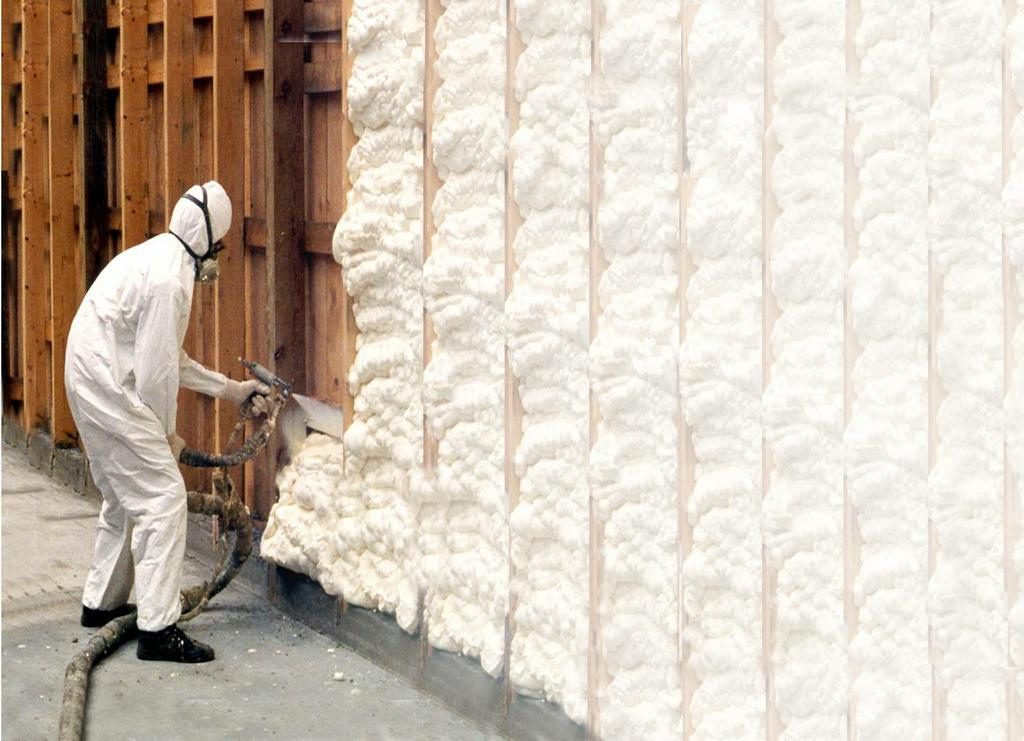
Did you know that a huge 25% of the heat in your home is lost through the roof[i]? But many people don’t know about loft insulation dos and don’ts, meaning that they have unfit, or incorrectly installed insulation that doesn’t effectively trap rising heat. In fact, only 66% of houses in the UK that have a loft have loft insulation[ii] – meaning that 34% of loft owning households are paying more than they should have to towards their energy bills.
Installing proper loft insulation is just one way that you can lower your heating bills and ensure a cosy home during the colder months.
Loft Insulation Dos
Let’s start off with what you SHOULD be doing with your loft insulation.
DO get quotes from several companies to make sure you are paying a reasonable price and ask for testimonies from each company. If they refuse to provide testimonies, this is a red flag. Reputable companies will be happy to pass on reviews from other customers to help you make up your mind.
DO follow building regulations. The goal of these is to ensure that any insulation installed is safe and effective.
- Insulation should have a depth of at least 270mm to be effective enough. The thicker, the better. Many newer properties have 300mm of insulation as standard.
- There should be a 5cm (minimum) air gap between the roof covering and the face of the insulation. The space should be ventilated to avoid condensation.
- Insulation should provide a U-value (a measure of the level of heat lost through a material – the lower, the better) of 0.16W/m2K[iii]
DO know if you need planning permission. Generally, you don’t need planning permission for loft insulation, but you should seek advice if your house is in a conservation area as there might be certain things you cannot do.
DO check the state of your insulation at least once a year.
Loft Insulation Don’ts
If you get insulation wrong, it can cause problems later down the line. Ill-ventilated insulation can cause condensation and become mouldy. Insulation placed over lighting is a fire hazard. You need to know the don’ts to keep your household safe and to prolong the life of your insulation.
DON’T let insulation block vents in the eaves of your roof.
DON’T install boards over trusses and joists
DON’T compound or squash insulation – this will limit its effectiveness
DON’T choose the cheapest option or materials that are not suitable for lofts. The three most common materials used for loft insulation are mineral wool, spray foam, and polyurethane. Choosing firm insulation boards is a great option if you are planning to decorate or convert your loft.
FAQs
We’ve covered the basic loft insulation do’s and don’ts, but there are plenty of common frequently asked questions around loft insulation.
How much does loft insulation cost?
This depends on the scale of the job, the type of insulation you are using, and whether you are hiring a professional to do it for you. Average costs are around £35 for materials per m2, and about £250 each day for labour costs[iv]. Other costs may apply if you are installing electrics into your loft or converting it into a usable space.
Many people qualify for free insulation, and they don’t even know it! Check of the government grants website here to see if you are eligible.
Can I insulate my loft myself?
We would recommend hiring a professional to install your insulation, but if you are confident in your DIY abilities, you are legally allowed to fit your own insulation boards. Blown insulation must be installed by a professional.
What thickness of insulation is recommended for lofts?
The recommended thickness for loft insulation is 270mm or 27cm. This is the minimum thickness to ensure effectiveness.
Can you put stuff on top of the insulation in your loft?
We wouldn’t recommend it. You can install platforming that sits above your insulation for storage but putting anything directly on top of the insulation can squash the fibres it is made from, reducing its effectiveness by up to 50%.
Read more: How to Save Energy At Home
Sources
[i] https://energysavingtrust.org.uk/advice/roof-and-loft-insulation/
[ii] https://assets.publishing.service.gov.uk/government/uploads/system/uploads/attachment_data/file/970064/Detailed_Release_-_HEE_stats_18_Mar_2021_FINAL.pdf
[iii] https://www.labc.co.uk/news/what-are-building-regulation-requirements-installing-loft-insulation
[iv] https://www.checkatrade.com/blog/cost-guides/loft-insulation-cost/

1 comment. Leave new